Amazing Photos of Biblical Places & Locations As Seen Today

Amazing Photos of Biblical Places & Locations As Seen Today
Events and Locations in the Bible are evidence of the Christian Faith, indicating that what is captured in the Scriptures indeed once existed.
Bible Scholars, Christians and even Unbelievers are always seeking for the Evidence of Today to Confirm the writings of Yesterday.
Logos Bible Software sent photographers all over the Holy Land, and they assembled 400 photos, videos, infographics, and maps of biblical places to guide your studies and help bring the Bible to life.
[ez-toc]
Here are some amazing photos taken right from the free Faithlife Study Bible.
1. Nazareth sunset
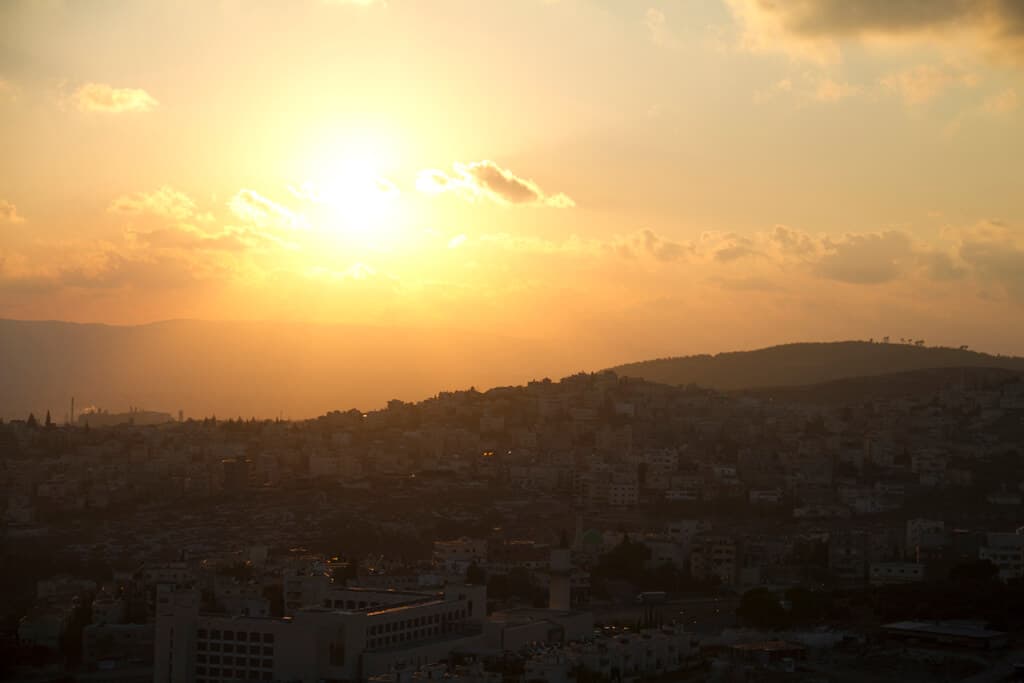
2. Herod’s Aqueduct, Caesarea
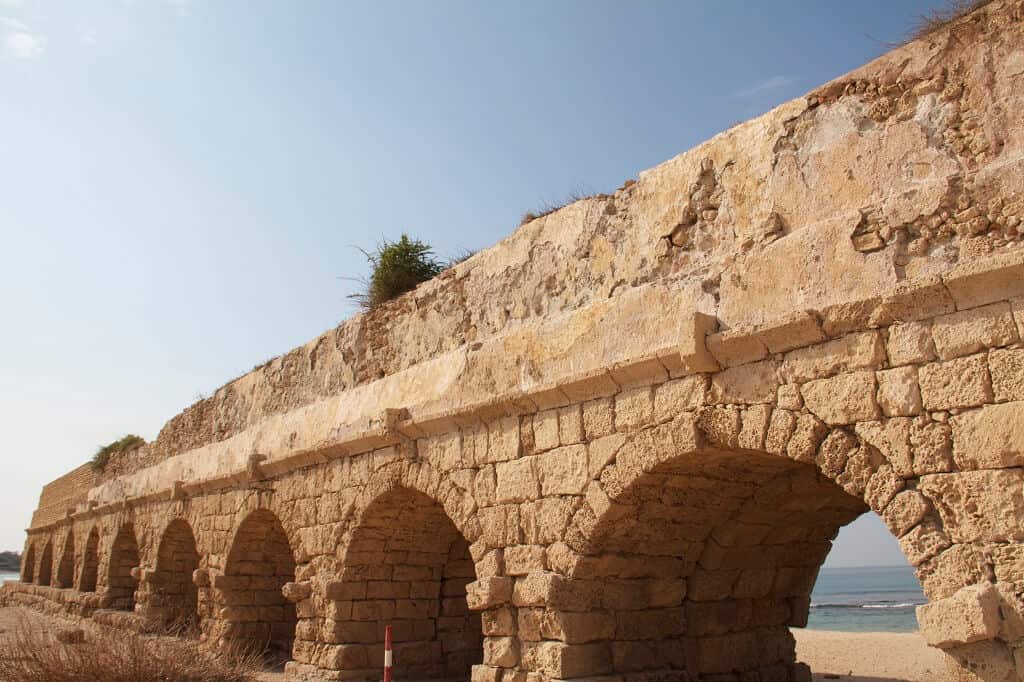
3. Reef Palace pillars, Caesarea
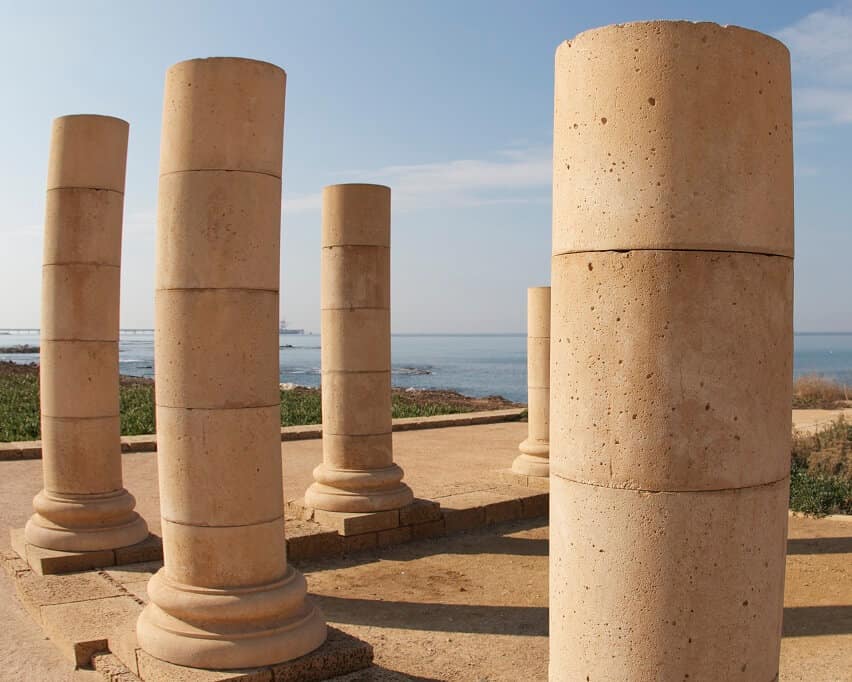
Here’s a glimpse at the surrounding insight into Acts 25 from the Faithlife Study Bible.
4. Arched doorways, Thessalonica
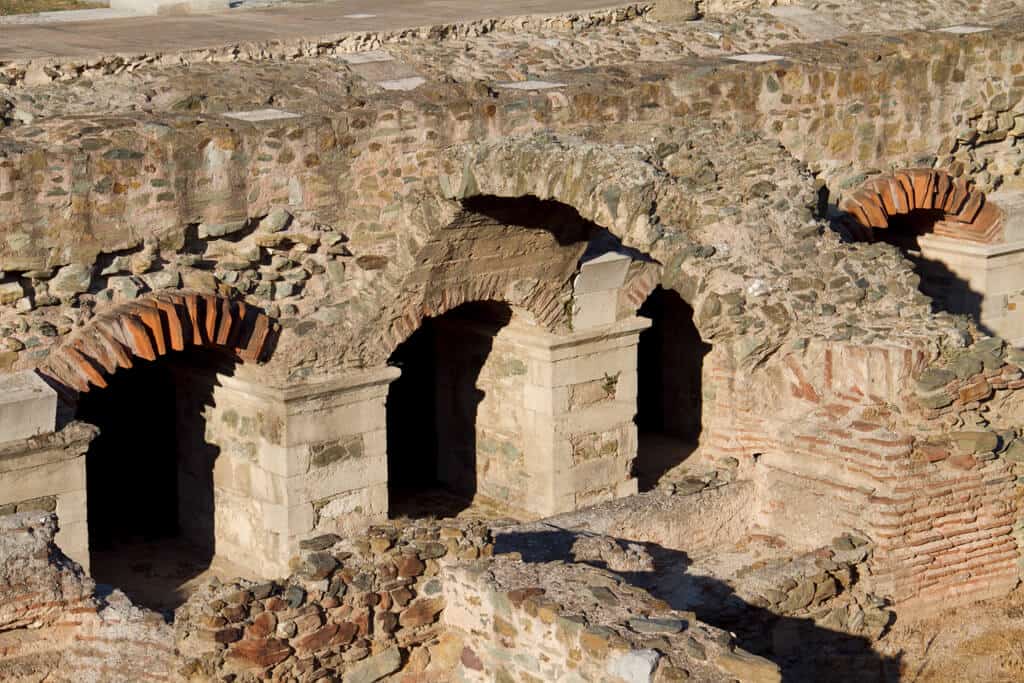
5. Arches, Pool of Bethesda
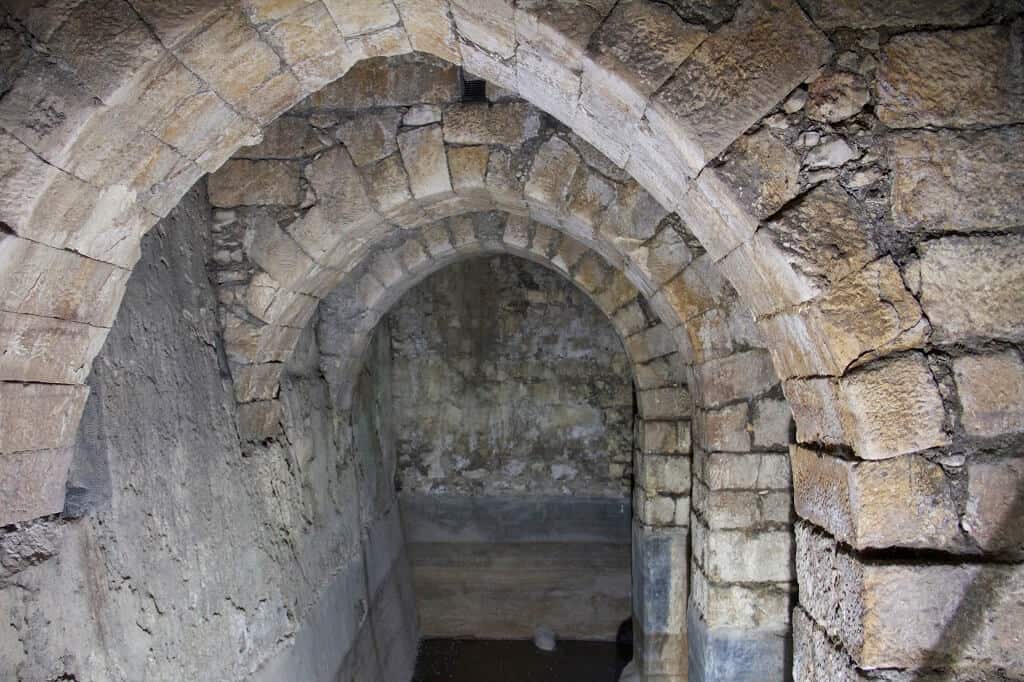
6. Parthenon columns
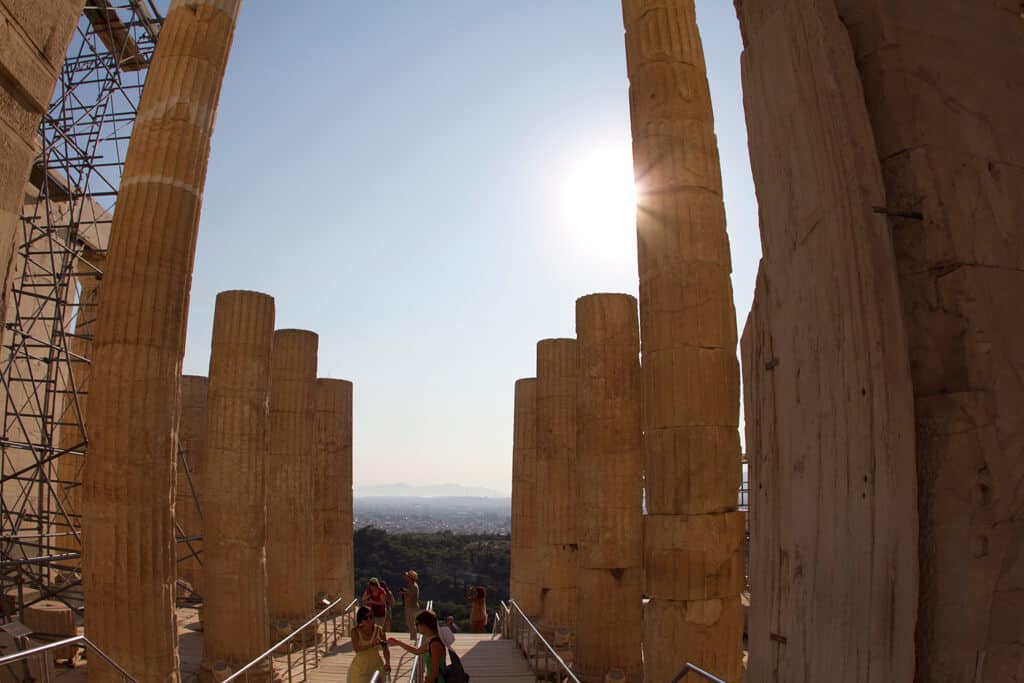
7. Ruined arch, Philippi
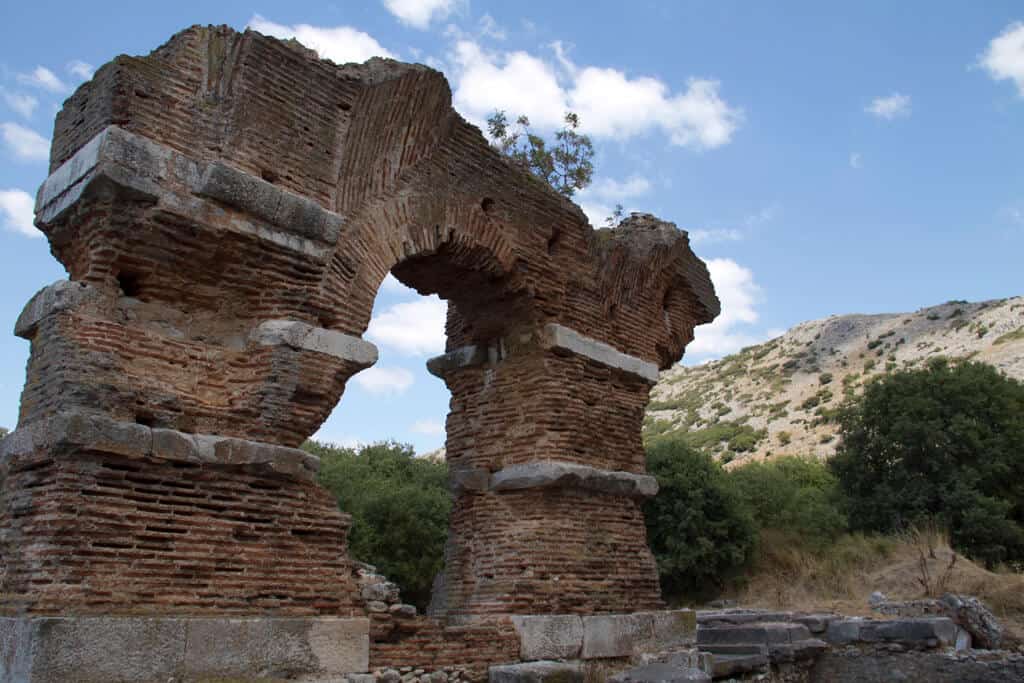
8. Stone doorway, Philippi
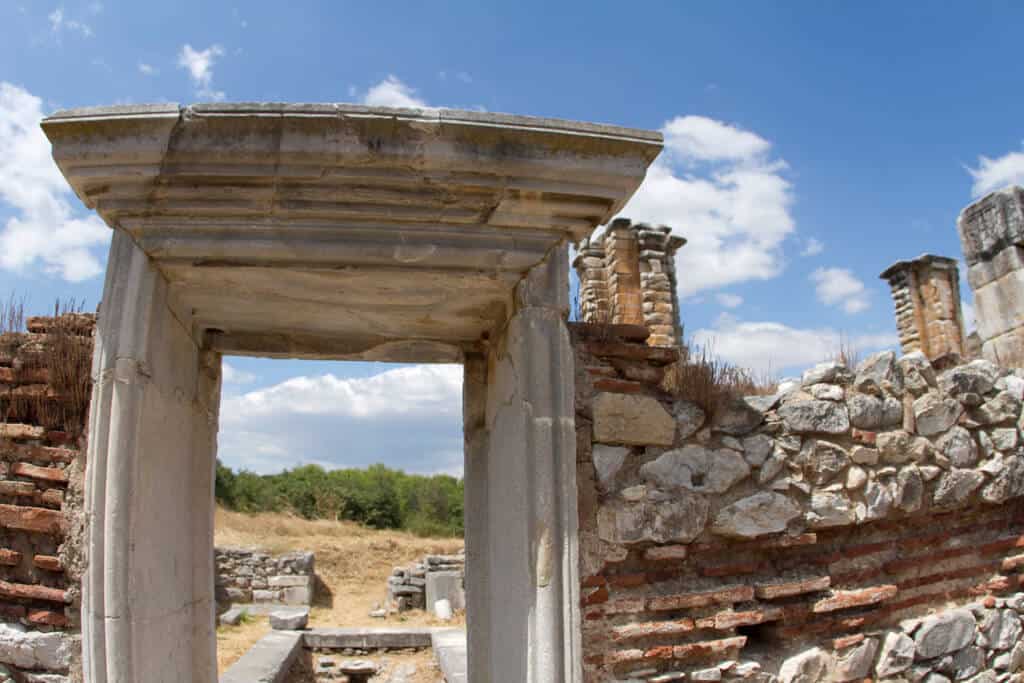
9. Jail, Philippi
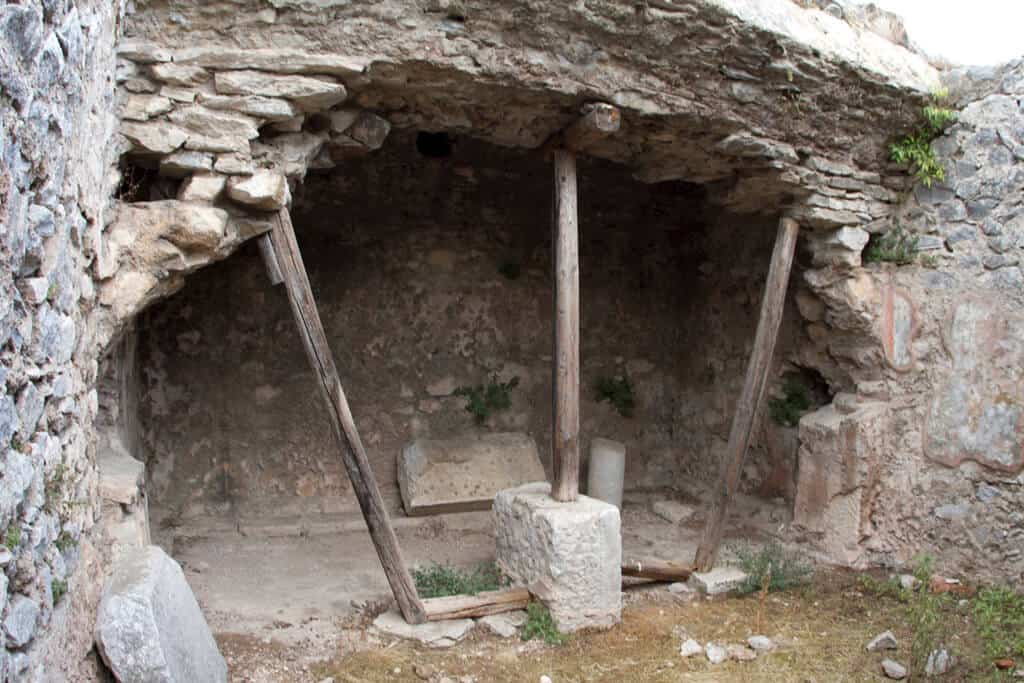
10. Floor, Caesarea theater
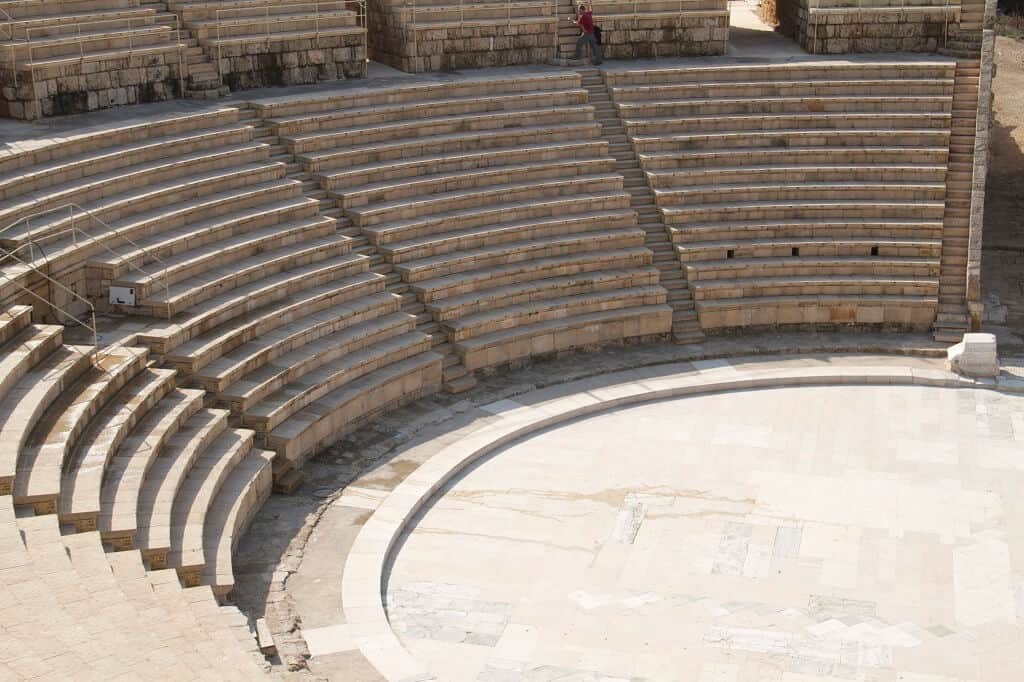
11. Restored stoa, Athens
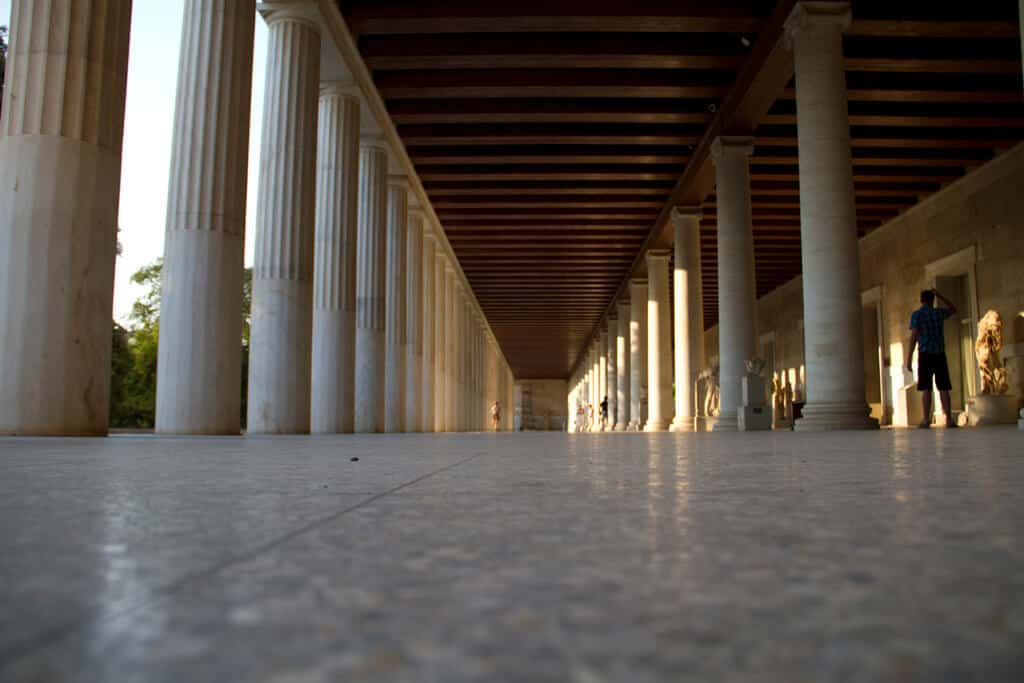
12. A partially restored ancient arch in Corinth
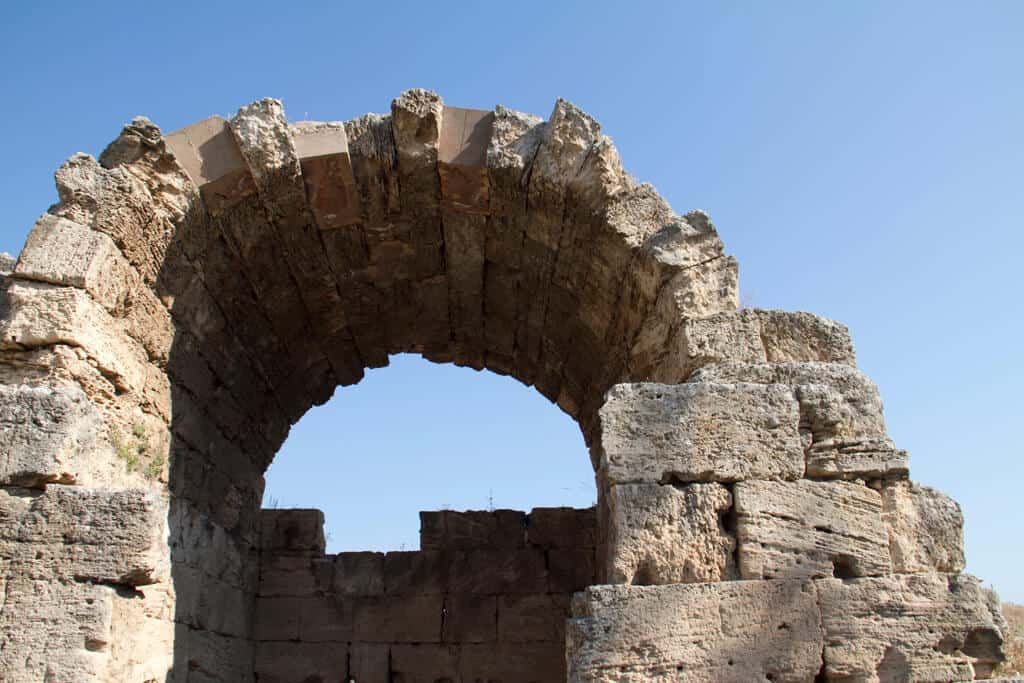
13. Fountain at Tabgha
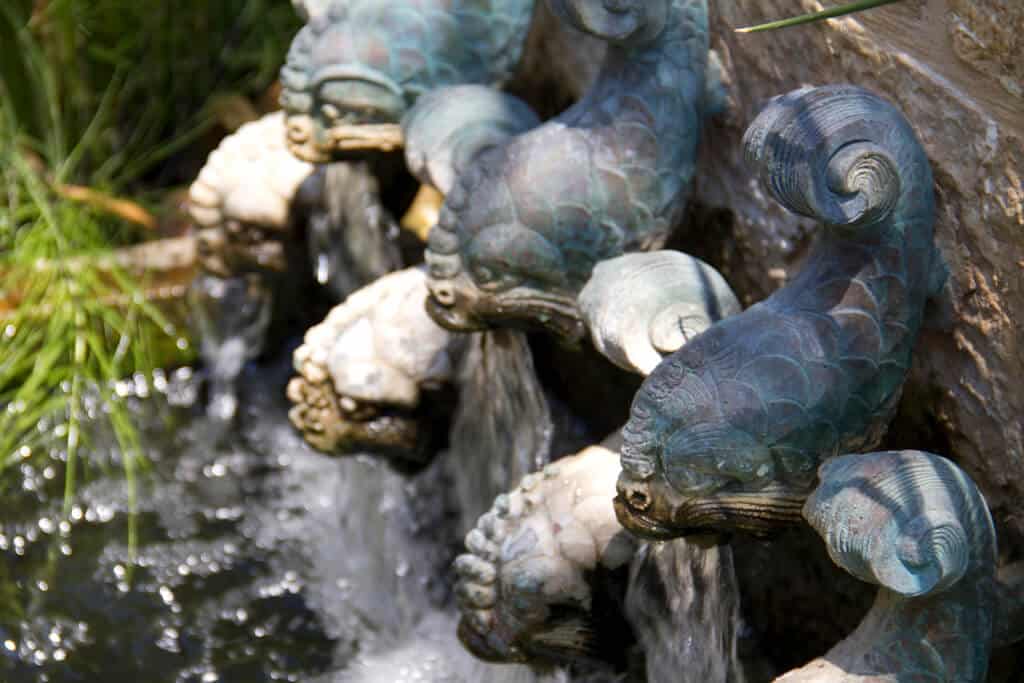
14. Roman ruins, Scythopolis (Beth Shan)
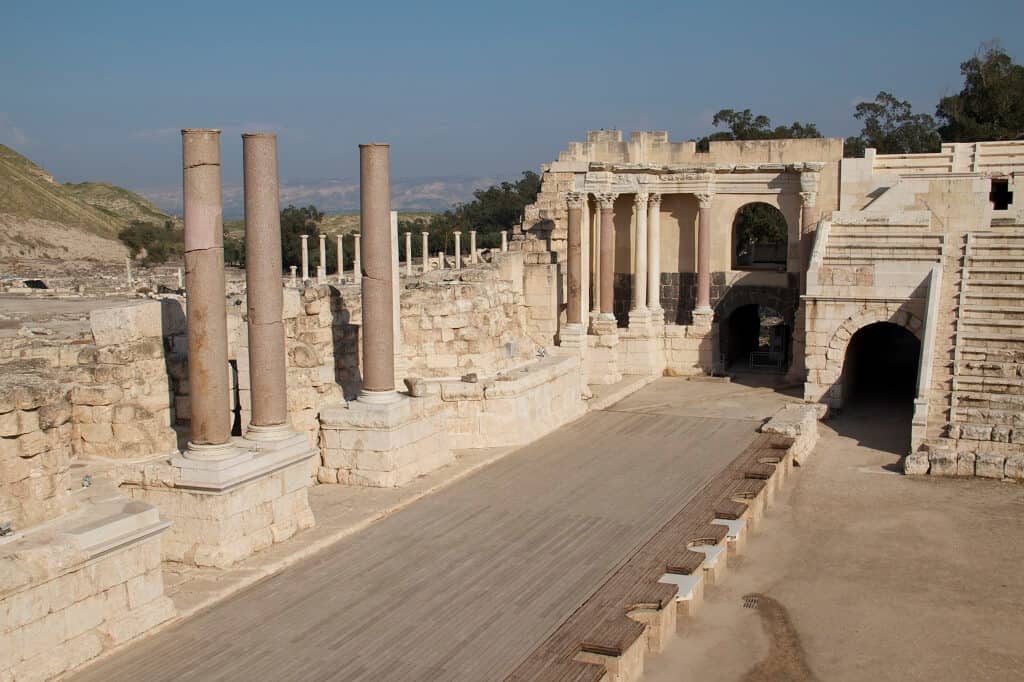
15. Central Dead Sea looking East
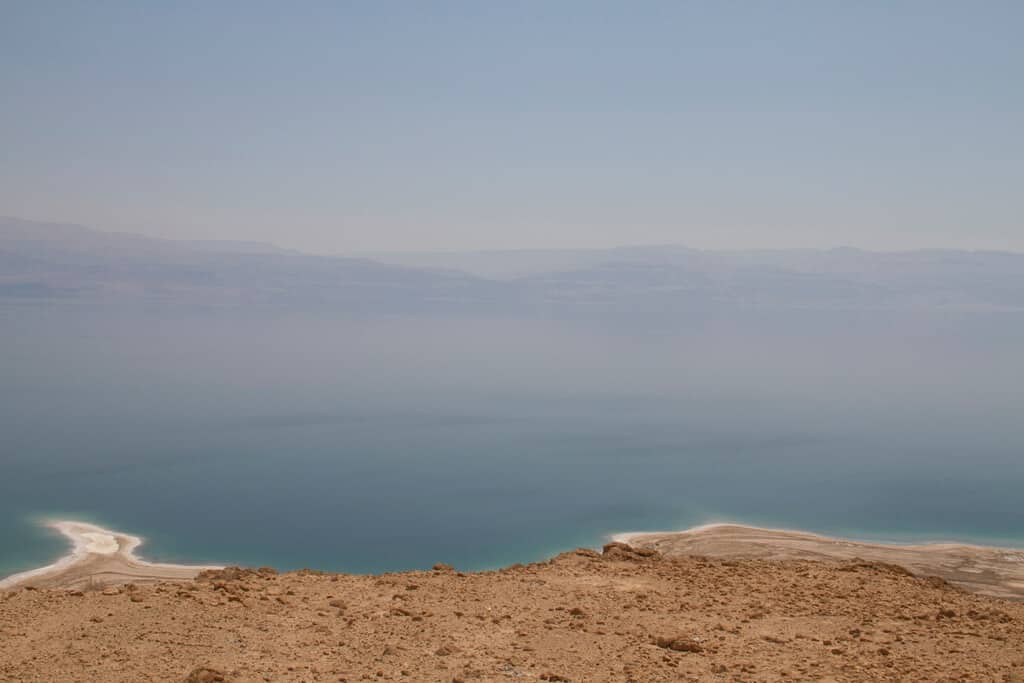
16. Stone tomb closure
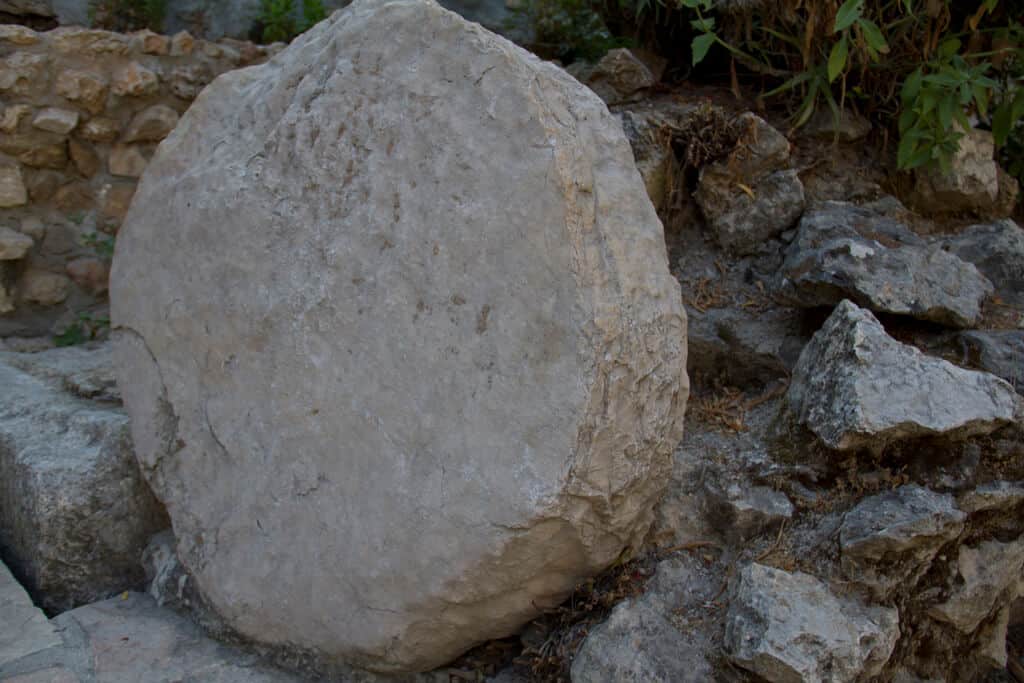
17. Arch series, Smyrna
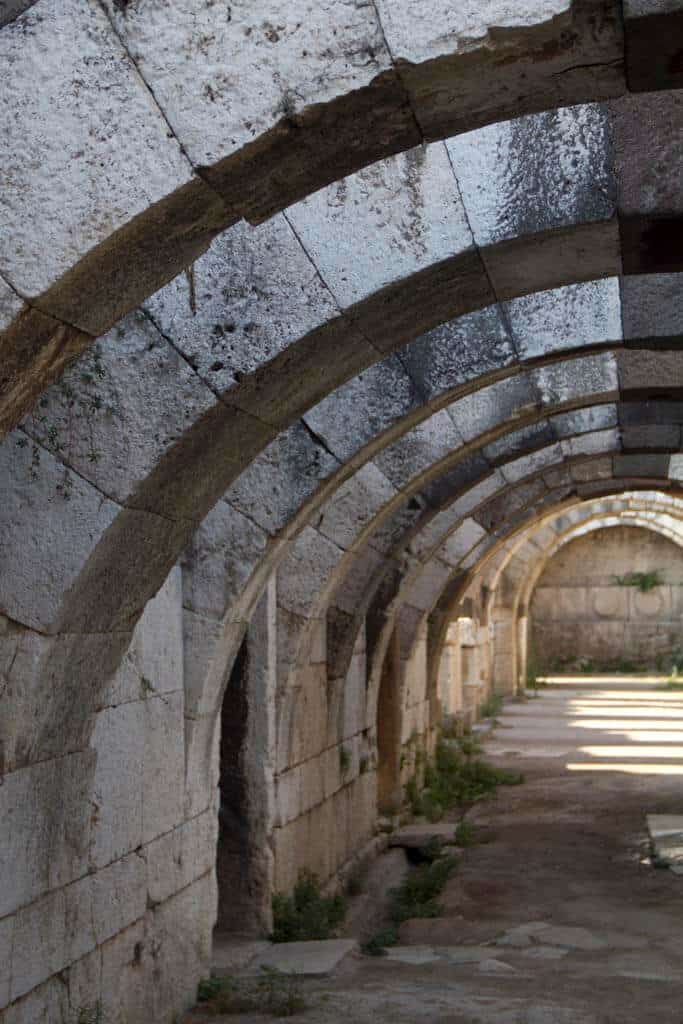
18. Ornate column capital, Laodicea
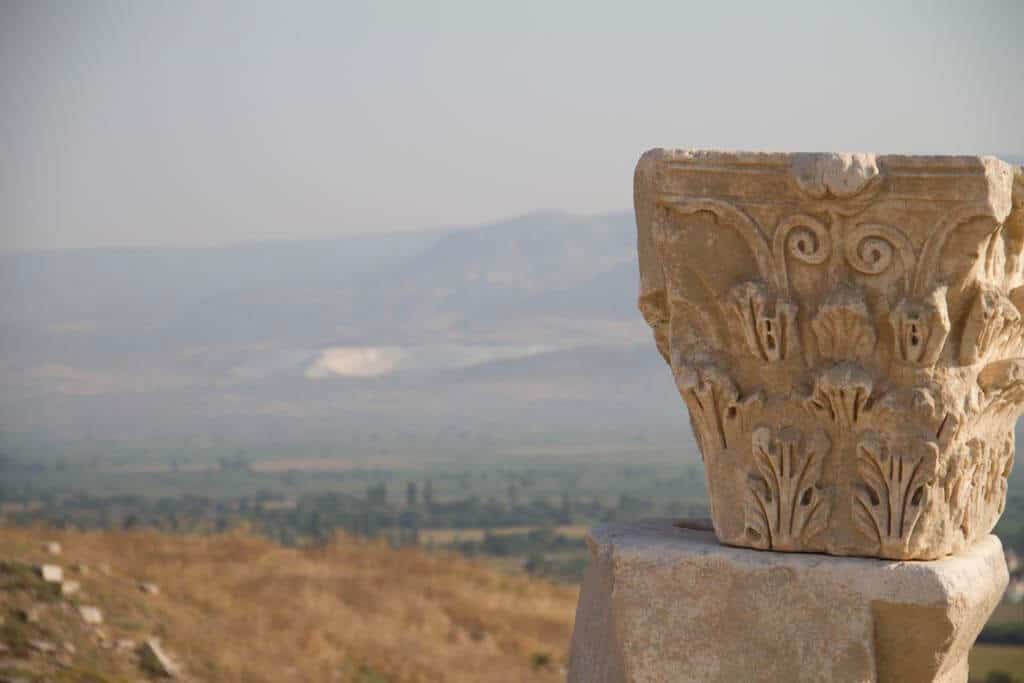
19. Curetes Street, Ephesus
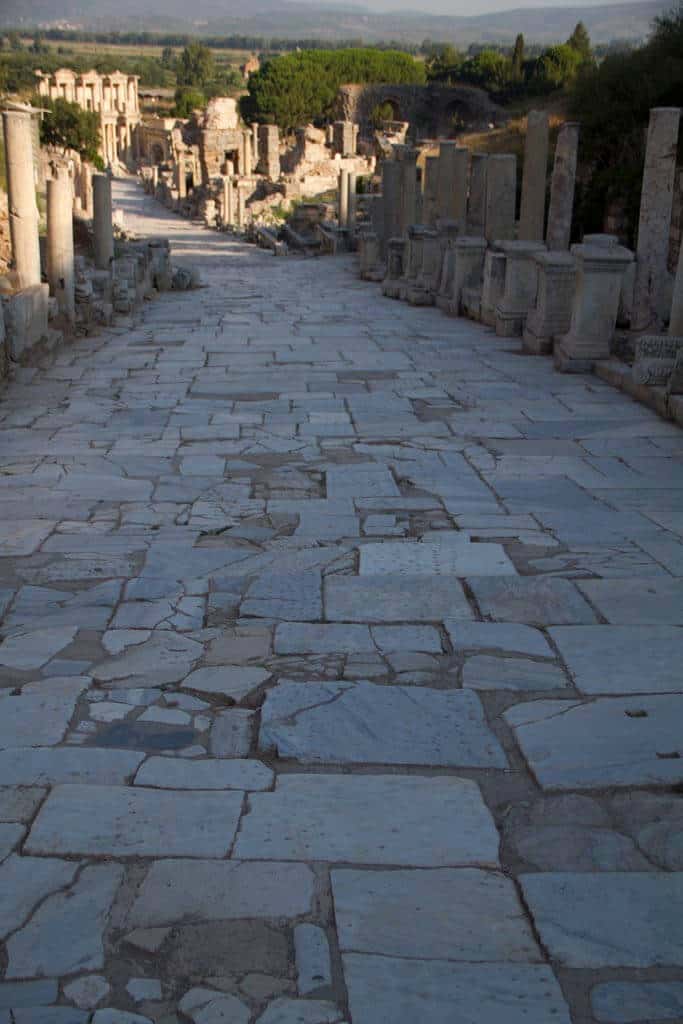
20. Mosaic floor, Sardis synagogue
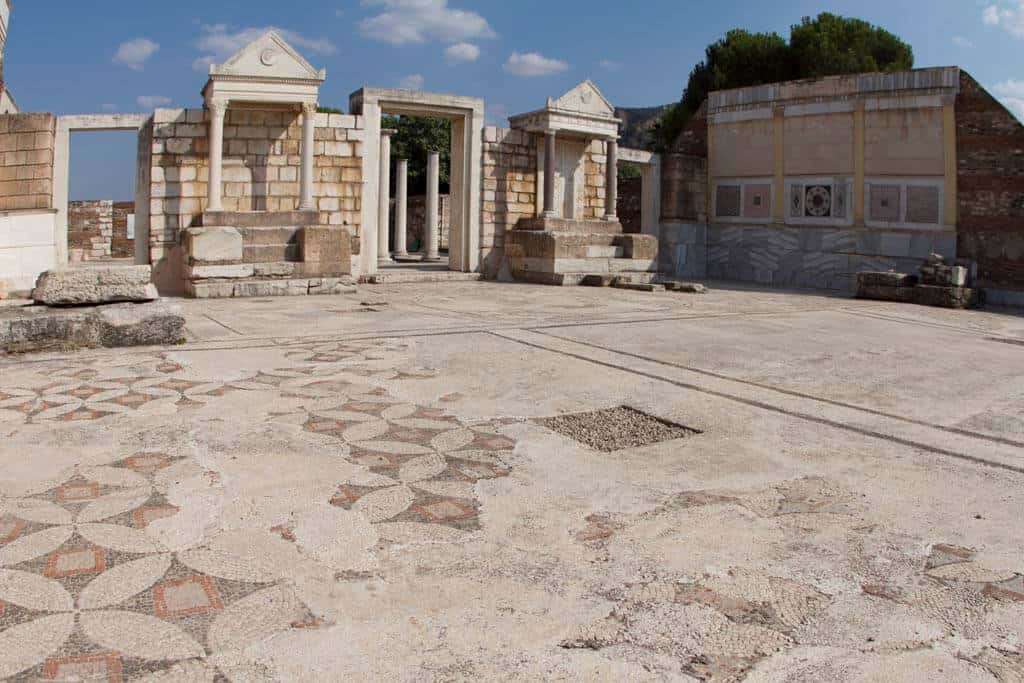
21. Marble columns and gymnasium façade, Sardis
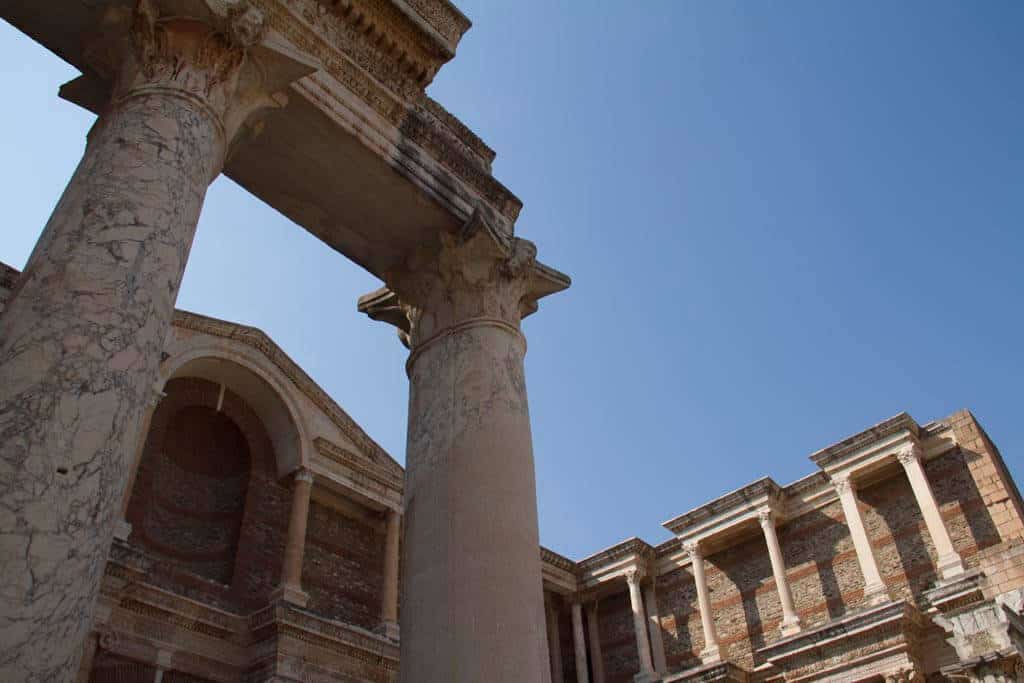
22. Latin inscription, Ephesus
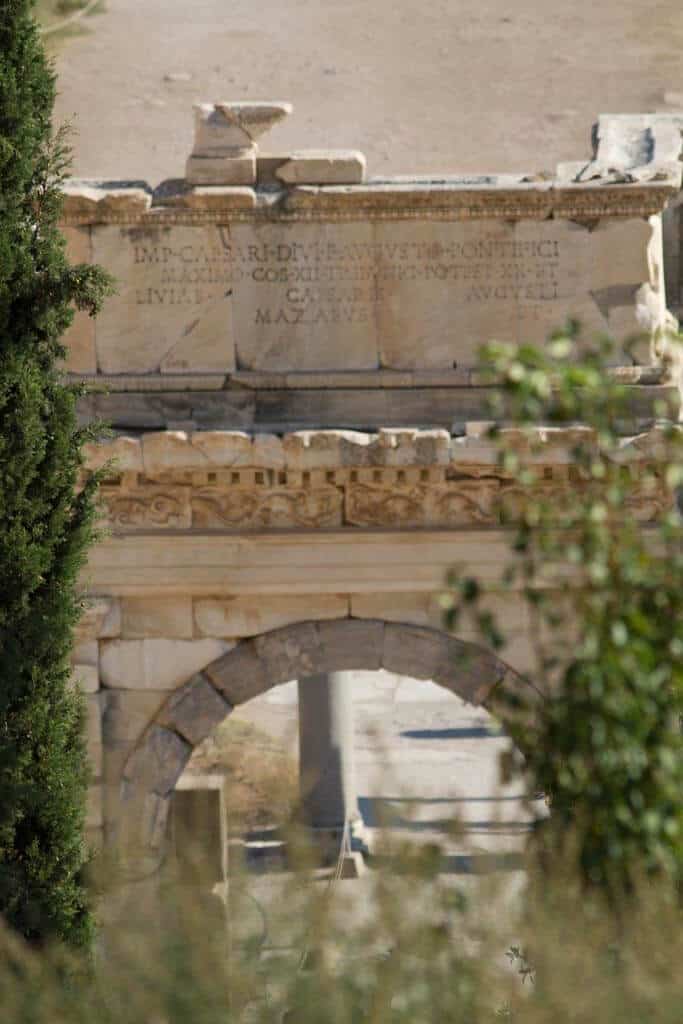
23. Simon the Tanner’s house
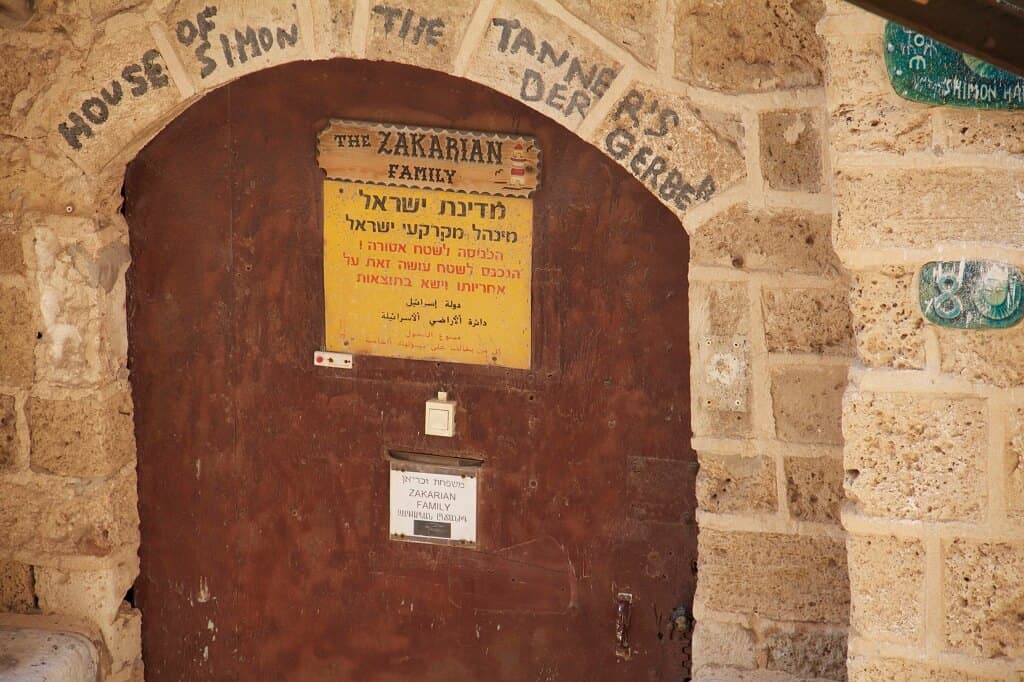
24. Roman hippodrome, Caesarea
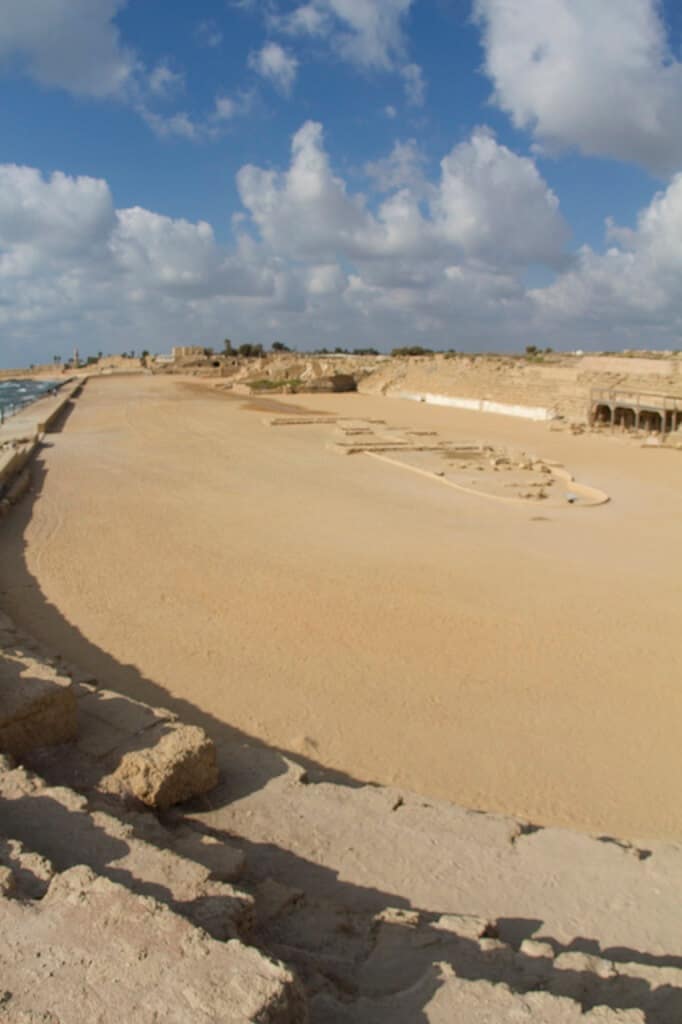
25. Jezreel Valley from Mount Precipice
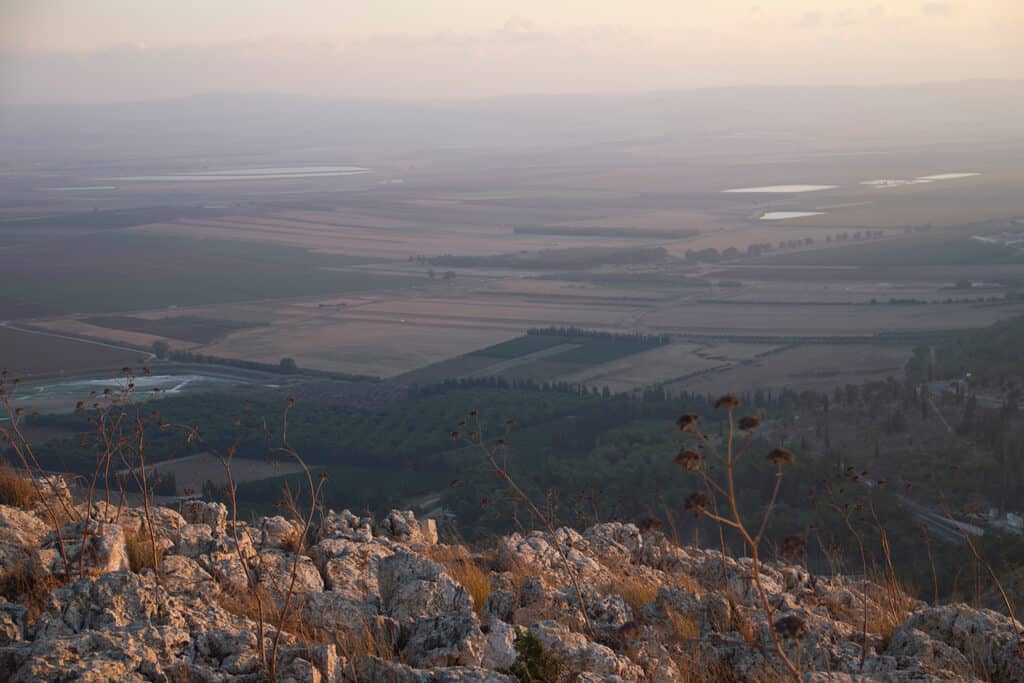
26. Capernaum synagogue, limestone wall
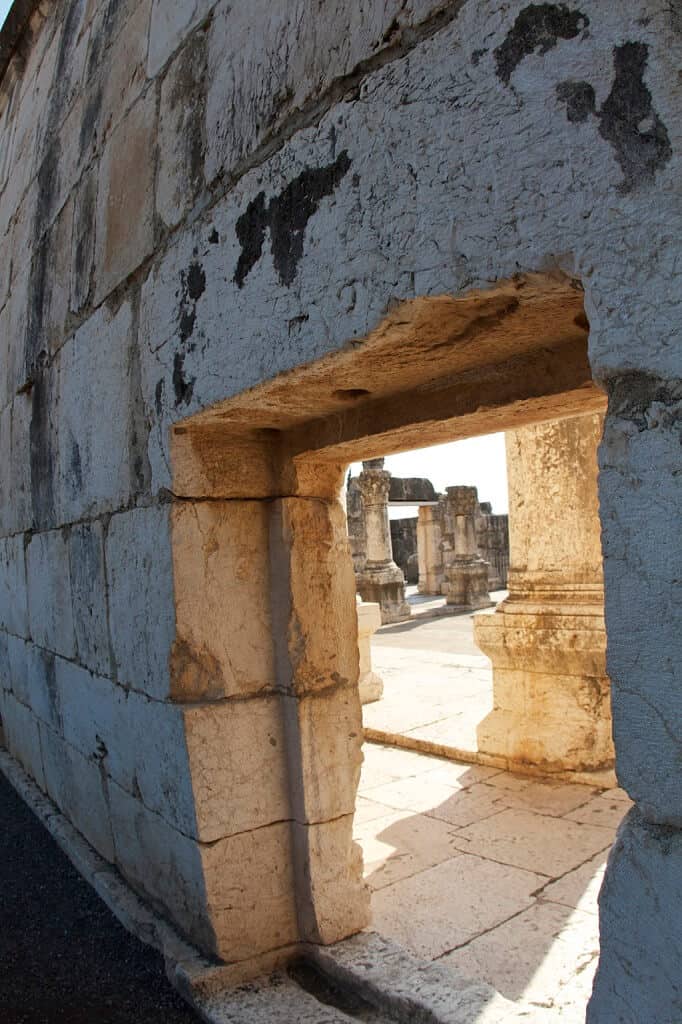
A fourth-century AD synagogue in Capernaum, built from limestone hauled from many miles away.
27. Tel Megiddo
Current Location: Israel
Megiddo is better known to some by its Greek name of Armageddon, which some Christians believe will be the site of the end-times battle prophesied in the Book of Revelation. Archaeologists have uncovered an astounding 26 layers of human occupation at this site, which is located about 30 km southeast of Haifa, Israel. A leading Canaanite city during the Bronze Age, it later became an important royal city in the Kingdom of Israel, according to the Hebrew Bible.

28. Qumran
Current Location: Israel’s West Bank
This ancient settlement, located on the northwest shores of the Dead Sea, gained international fame in the late 1940s, when Bedouin shepherds stumbled into nearby caves and discovered the first of the ancient Hebrew and Aramaic texts known as the Dead Sea Scrolls, which contain biblical text and other ancient writings. Subsequent excavations revealed the ruins of buildings and an extensive aqueduct system. Some scholars believe Qumran was home to the Essenes, an isolationist Jewish sect often credited with authorship of the Dead Sea Scrolls.

29. Tel Hazor
Current Location: Israel (Galilee)
At some 200 acres, this site in Upper Galilee (now a national park) is the largest of Israel’s “tels,” the artificial mounds that have formed over centuries of human settlement, as older buildings crumble and new ones are built. According to the Old Testament, Hazor was the site of one of Joshua’s key victories in his conquest of Canaan after Moses’ death; he supposedly burned the city to the ground, clearing the way for Israelite settlement. Excavations are ongoing, and though some evidence of burned materials and structures have surfaced, archaeologists are still debating whether the biblical battle actually took place.
READ MORE: The Bible Says Jesus Was Real. What Other Proof Exists?

30. Machaerus
Current Location: Jordan
This ancient desert fortress, located just over 30 km to the southwest of Madaba, Jordan, sits atop a hill overlooking the Dead Sea. After its destruction by Roman troops, King Herod the Great rebuilt Machaerus and used it as a military base. The Bible (and Jewish historian Flavius Josephus) identified the palace-fortress as the site where John the Baptist was imprisoned and executed on the orders of Herod the Great’s son Herod Antipas.

31. Old City of Jerusalem
Current Location: Israel (also claimed by Palestine)
According to Jewish tradition, the Temple Mount (which now lies within a walled compound inside the Old City) was where God gathered the dust to create the first human, Adam, and where King David’s son, Solomon, built the first temple circa 1000 B.C. (later torn down by the Babylonians). Muslims also worship at the site, now home to the Dome of the Rock, an Islamic shrine, and the al-Aqsa Mosque. These competing claims have led this to become one of the most contested spots in the world. The Old City contains other key religious sites, including the Church of the Holy Sepulchre, the site of Jesus’ crucifixion and his (empty) tomb, and the Western Wall, a remnant of the Second Temple (built by King Herod in the first century B.C.) that is the holiest site Jews can go to pray.

32. Tel Beersheba
Current Location: Israel (Negev desert)
Located in the Negev desert in southern Israel, this site is thought to be the remains of the biblical town of Beersheba; it lies a few miles east of the modern city by that name. According to the Old Testament, the Hebrew patriarch Abraham negotiated a deal with the Philistine king Abimelech over a well here, and planted a tamarisk tree. The site’s well-preserved water system of cisterns dates to the Iron Age.

33. Mount Nebo
Current Location: Jordan
According to the Old Testament, Moses lived his final days here, and climbed to the top to look out over the Promised Land before he died. Some believe Mount Nebo was also where the Hebrew prophet and leader was buried. A pilgrimage site since the fourth century, it was home to a church built around that time, the ruins of which were discovered in the 1930s. Mosaics created in the sixth century by Byzantine-era monks are still on view, as well as stunning views of the Holy Land and the Jordan River valley from its peak.

34. Petra
Current Location: Jordan
This ancient city, carved into the red rock cliffs of Jebel al-Madhbah, near the Dead Sea in southern Jordan, was known as “Sela” in the Bible. Scholars believe Petra was likely built circa 312 B.C. by the Nabateans, a mysterious ancient Arabian society that founded an independent kingdom with its capital here. The world-famous ruins still yield new discoveries, such as the massive, mysterious structure found near its center in 2016, which scientists spotted using Google Earth, satellite imagery and drones.

25. El-Araj
Current Location: Israel (Galilee)
Recent excavations of Roman-era ruins at this site located at the delta of the River Jordan, on the northern shore of the Sea of Galilee, suggest it may be the ancient Jewish fishing village of Bethsaida, later the Roman city of Julias. Frequently mentioned in the Gospels as the birthplace of three of Jesus’ apostles—Peter, Andrew and Philip—the village also saw Jesus himself perform several memorable miracles. Though another group of scholars claims et-Tell, on the Jordan River’s east bank, is actually Bethsaida, archaeologists at el-Araj argue that the site’s location makes it the strongest candidate for the biblical fishing village.

36. Sidon (Saida)
Current Location: Lebanon
Along with nearby Tyre, this ancient port city (locally known as Saida) was important in both the Old and New Testaments for its association with the Canaanites, the ancient inhabitants of land west of the River Jordan in modern-day Israel, Palestine, Lebanon, Syria and Jordan. When Jesus visited the region, according to the New Testament, many came out to hear him preach. The city is home to the Temple of Eshmun (the Phoenician god of healing), a site of great archaeological importance; it suffered extensive damage in the Lebanese civil war, but has been partially restored.
37. ISLAND OF PATMOS
Although not as well-known as most of the places mentioned previously, the Island of Patmos holds much significance. It is the Isle from which the writings of the book of Revelation were received by John one of the disciples of Jesus. He wrote, “John, your brother and partner in the tribulation and the kingdom and the patient endurance that are in Jesus, was on the island called Patmos on account of the word of God and the testimony of Jesus” (Revelation 1:9). He then went on to divulge all he had seen and heard on that day.
The Island Of Patmos is found in Greece and is one of the most important religious destinations on the globe. It is a place of natural beauty and there are several spots of interest not least “the Cave Of The Apocalypse”. It is from this cave that John received the revelation. At the turn of the century it was declared a world heritage site by UNESCO.

38. GALILEE
Although Galilee is often associated with the New Testament, there are several mentions of it in the Old Testament. The prophet Isaiah said, “He brings honor to the way of the sea, the region beyond the Jordan, and Galilee of the nations” (Isaiah 9:1). The books of Joshua, 1 Kings and Chronicles also have references to this geographical region.
Galilee was made famous by Christ and his ministry. Jesus grew up in Nazareth (within Galilee) a town located north of Samaria and Judea. He performed countless miracles there not least when he walked on waters of the sea.
Galilee or Ha-Galil (Hebrew) can today be found in northern Israel and is divided into two parts, Lower and Upper Galilee. The lower part consists of Nazareth and the Sea of Galilee.

39. DAMASCUS
Saul of Tarsus (who later became Paul) is the person that first comes to mind when one thinks of Damascus. It was on the road there that he encountered Christ. Ironically he was on his way to persecute Christians from the early Church. In Acts chapter 9 it says, “As he was going along, approaching Damascus, suddenly a light from heaven flashed around him.” He fell to the ground and lost his vision. Saul was later converted and went on to become one of Christ’s most passionate advocates.
Damascus is located in present-day Syria. Despite the Syrian population being predominantly Muslim there are still a few vestiges of Paul’s historical presence in the area. The Chapel of St. Paul is one such example. It is built on what is believed to be the spot where Paul escaped by being lowered through a window in a basket as the Bible states in 2 Corinthians 11: 32-33.

40. VALLEY OF ELAH
This valley is renowned for hosting one of the most famous duels in history. The Philistine giant Goliath challenged Israel’s army to send a man to fight him at this location. All Saul’s men were terrified of the enormous warrior who was over eight feet tall. The young shepherd David stood up and volunteered to go against him. The giant was defeated and Israel overcame the Philistine army.
The valley of Elah also called Emek HaElah (Hebrew) is found in present-day Israel and the West Bank, the area is an important archeological site. In recent times, two gates were discovered that fit with the ancient city Shaaraim (1 Samuel 17:52). The valley of Elah is a popular tourist destination.

41. BABYLON
This land that had its beginnings in Mesopotamia is referenced throughout Scripture. In many ancient writings it is described as a center for merchants and trade. During Joshua’s time a man of Israel narrated how he found a unique garment, “a nice robe from Babylon, two hundred silver pieces, and a bar of gold weighing fifty shekels” (Joshua 7:21).
Babylon also became home to thousands of Israelites during the captivity. Nebuchadnezzar II had invaded Jerusalem with his army and took a sizeable part of the population to his kingdom. He burned the temple built by Solomon and destroyed the royal palace alongside every large building in Jerusalem.
Daniel and his colleagues lived in Nebuchadnezzar’s Babylon and from this territory he was cast into the lions’ den. It is from the same place that King Belshazzar literally saw the writing on the wall (Daniel 5:5).
The geographical area where Babylon was located is currently called Iraq. All that is left of Nebuchadnezzar’s grand palace is a mass of ruins known as Babil. Excavations have been carried out there since 1811, the result being the retrieval of several artifacts that shed much light on life in ancient Babylon.
During the war in 2003, several antiquities and historical sites were looted or damaged. There has been an effort to protect key sites in Iraq better and restore what was lost.

42. JOPPA
At this harbor Jonah boarded a ship going to Tarshish in order to flee from God. On his way, a formidable storm met the vessel and the prophet found himself in “the heart of the seas” (Jonah 2:3). He was later spat out on the shore by a great fish that had ingested him.
Tarshish (Jonah’s destination) was a coastland and center for commerce at the time. King Solomon had a fleet of ships that landed there once every three years and brought silver, gold, ivory, apes, peacocks and other exotic treasures.
Joppa today can be found in Tel Aviv Israel. It is currently a coastal town called Jaffa. The port is one of the oldest in the world and is a center for commerce and a busy transit area for travelers.

43. BETHLEHEM
The “house of bread” is mentioned in various parts of Scripture. In earlier times it was called Ephrathah and in other instances Bethlehem of Judah or Bethlehem-Judah. Elimelech, the would-be father-in-law of aforementioned Ruth was a citizen of Bethlehem. Israel’s King David was also a Bethlehemite.
More significantly though, it was the city that gave us Christ himself. This was the birth place of Mary’s firstborn child. “She brought forth her firstborn son, and wrapped him in swaddling clothes, and laid him in a manger; because there was no room for them in the inn”, Luke 2:7 says.
Currently Bethlehem is a town in Palestine, the West Bank area. And as you would expect, it is a thriving tourist center because of its historical significance to Christians all over the world. The main attraction is the Church of the Nativity, the place believed to be the birth place of Jesus. This Church was built by Constantine and although partly destroyed in 529 AD, it still stands today.

44. GOSHEN
Before the exodus, Joseph gave this land of ancient Egypt to his relatives. During Moses’ time the area was a sanctuary for the Israelites as God judged the kingdom that enslaved them. Goshen was described as “the best of the land” (Genesis 47:6) because it was well-watered by various distributaries of the Nile. This made it suitable for crop farming and livestock rearing. It was also a part of the greater province of Rameses.
Although Goshen cannot be precisely identified today, most historians agree it was somewhere north of Cairo near the current city of Zagazig. The city is within the Nile Delta region and is one of the most fertile areas of Egypt. It is presently a significant producer of grain and cotton for export.

45. SINAI
The mountain from which God gave the Israelites his law was situated in this ancient wilderness. On several occasions Moses went up the heights to receive various instructions. Two tablets of stone were engraved with inscriptions of the commandments on the mountain. It is also from there that the presence of God engulfed the summit with thick cloud and intense lightning.
The exact location of Mount Sinai is uncertain, although there are several spots that have been suggested. That said Jebel Musa within the Sinai Peninsula is largely believed to be the area of the revered Biblical elevation. Professor Graham Davies from Cambridge University states that early Jewish pilgrims recognized Jebel Musa as Sinai and thereafter it was acknowledged by Christians.

46. TIMNAH
Samson the man of extraordinary strength was familiar with this place. His wife originated from Timnah and she was Philistine. While in this part of Philistia he fought a lion with his bare hands, posed a riddle and defeated a thousand warriors wielding the jawbone of a donkey (Judges 15:16). He later met Delilah in the valley of Sorek and for several thousand pieces of silver, she betrayed him to the Philistine lords.
The site where Timnah used to exist can be found in present-day Israel. Several aggregated debris of past settlements were discovered by archaeologists on a plain in the Sorek valley. This area is known as Tel Batash (Hebrew) and is believed to be the location of ancient Timnah. A heap of debris was discovered there in the nineteenth century by Clermont-Ganneau.

47. MOAB
The nation of the Moabites descended from Lot who was Abraham’s nephew. Several parts of Scripture reference people from this kingdom and the place itself. Ruth is a notable personality who was Moabite. She married a man from Israel called Boaz and two generations later David was born. It is fair to say he is one of the most widely known kings of Israel.
As recently as the late 1800s the area was still called Moab. Dr. A. Forder in his book (Ventures Among The Arabs) narrates his visit to various parts of what is now Jordan. In several instances he calls the land Moab. A tiny excerpt:
“On return to Moab the journey from Jerusalem was again one of exciting interest.”
The ancient Moabite territory is now part of the state of Jordan. It has obviously changed significantly since Dr Forder’s times but still has some ruins that tell a story of the former kingdom. The historical capital of Moab Dibon can be found in Jordan and is now called Dhiban.

48. VALLEY OF ELAH
This valley is renowned for hosting one of the most famous duels in history. The Philistine giant Goliath challenged Israel’s army to send a man to fight him at this location. All Saul’s men were terrified of the enormous warrior who was over eight feet tall. The young shepherd David stood up and volunteered to go against him. The giant was defeated and Israel overcame the Philistine army.
The valley of Elah also called Emek HaElah (Hebrew) is found in present-day Israel and the West Bank, the area is an important archeological site. In recent times, two gates were discovered that fit with the ancient city Shaaraim (1 Samuel 17:52). The valley of Elah is a popular tourist destination.

49. JERICHO
The ancient city of Jericho was well known for its outstanding fortification. The wall was so thick a woman had her house built within its structure (Joshua 2:15). It was so high that men (who were not at the top) had to be let down by ropes to reach the ground. The Israelites famously brought down these walls by blowing trumpets and shouting at the top of their voices.
In the New Testament, Jericho is mentioned in relation to Christ’s ministry. Bartimaeus the blind beggar sat on a road within this city. Zacchaeus the chief tax collector—the one who climbed a tree, held a supper for Jesus in a home at the same place.
Presently Jericho is located in the state of Jordan. The city is on the western side of the Jordan River. It is not far from the Dead Sea and therefore sits several hundred feet below sea level. Because the town has existed for such a long time, archaeologists have found more than twenty layers of earlier settlements in the current municipality.

50. CANAAN
Like many early kingdoms, settlements or lands, Canaan was named after its founder. He was the son of Ham and grandson of Noah the ark builder. His firstborn was Sidon from where the Sidonians, who occupied the coastal areas of the Great Sea (the Mediterranean), descended.
God directed Abraham to resettle in Canaan and the patriarchs of Israel made it their home. The accounts of the lives of Isaac together with Jacob and his sons have their focus here. It is from the same country that Joseph was sold to the Ishmaelites. Parts of the Promised Land were situated in various provinces of Canaan.
What was Canaan now stretches over Israel, Gaza, Jordan alongside parts of Lebanon and Syria. Like it was in Abraham’s time, the current area is occupied by people from different political territories, faiths and backgrounds. Localities therefore have varying names depending on who is making reference.

Conclusion
The evidence of the places and locations in the Bible are traceable today and clears all doubts or myth about the Bible.




